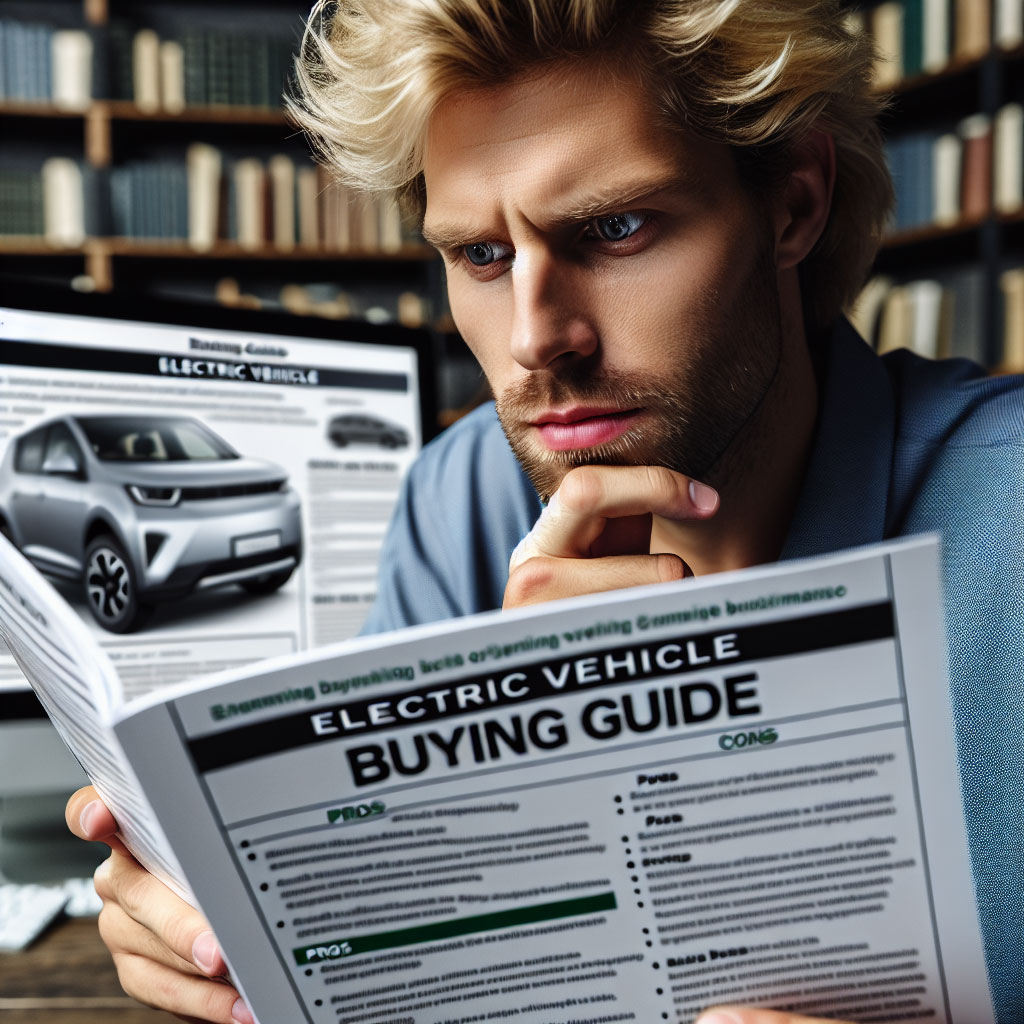
Electric vehicles (EVs) have recently experienced a remarkable rise in popularity across Australia, reflecting a global shift towards greener, more sustainable transport options. The allure of zero emissions, the promise of savings on fuel, and the appeal of cutting-edge technology are driving more Aussies to consider making the switch. But what does it really mean to buy an EV down under? How much will it cost, and which models stand out in the ever-growing market? Let’s dive into the essentials of EV ownership tailored for Australians.
Why Choose an EV in Australia?
Australia’s unique environmental challenges and vast distances make the EV revolution particularly impactful. Unlike conventional petrol or diesel cars, electric vehicles produce zero tailpipe emissions, driving a notable reduction in urban air pollution-a definite win for cities like Sydney, Melbourne and Brisbane. Beyond the environmental benefits, drivers can enjoy significantly lower running costs. With rising petrol prices, powering your car with electricity (especially from home solar setups) is a much more budget-friendly alternative.
Government incentives, which vary across states, also aim to encourage adoption. From stamp duty reductions to rebates for installing home chargers, there are monetary sweeteners that can help offset initial purchase and setup costs. Plus, Australia’s expanding public charging network, featuring fast chargers along highways and in cities, makes owning and travelling in an EV increasingly feasible.
Range: How Far Can You Go?
Range anxiety is a common concern for potential EV buyers. How far will an electric car get you before needing a recharge? It depends on several factors including the car’s battery size, how you drive, and climate considerations.
Typically, city-oriented EVs offer 200 to 400 kilometres on a single charge, suitable for everyday commutes and errands. If you’re a weekend road-tripper or regularly drive between cities, extended range vehicles can offer over 500 kilometres between charges. Standouts here include the Polestar 2 Long Range Single Motor, boasting up to 654 km, and the Tesla Model 3 Long Range, which claims about 629 km per charge. These models, though pricier, provide peace of mind for longer journeys without frequent stops for a charge.
What to Consider When Buying an EV
Before signing on the dotted line, it’s important to weigh a number of factors:
- Range: Assess your typical daily driving distance. If your drives are mostly local, a smaller battery and shorter range will suffice.
- Charging options: Will you install a home charger? This convenience often justifies the upfront cost ($1,000-$3,000), making overnight charging easy. Otherwise, rely on public chargers, which are growing in numbers but can be pricier and less convenient.
- Battery warranty and lifespan: Most EVs offer warranties between 8 to 10 years on batteries. Given Australia’s hot climate, which can slightly degrade battery performance over time, check warranty terms carefully.
- Climate impact: Extreme heat can reduce battery efficiency. If you live in hotter regions like parts of Queensland or Western Australia, expect some range decrease during summer.
How Much Does an EV Cost in Australia?
Here’s a broad snapshot of pricing across different segments:
- Entry-level models ($30,000 – $60,000): Perfect for urban driving, these cars provide moderate range and a reasonable price tag. Popular models include the GWM Ora, MG ZS EV, Nissan Leaf, and BYD Dolphin.
- Mid-range models ($60,000 – $90,000): These cars offer extended ranges, faster acceleration, and more features. Hyundai IONIQ 5, Kia EV6, and Tesla Model 3 Standard Range sit comfortably here.
- Premium models ($90,000 and up): Luxury EVs from Tesla, Audi, Mercedes-Benz and Polestar deliver high-end features, performance and longer ranges, but come with heftier price tags.
As it stands, the GWM Ora is generally the cheapest new EV option in the Australian market, retailing from around $33,990 in NSW. While it doesn’t boast luxury trim or super-long range, it offers a practical, affordable entry point for many buyers.
Beyond Purchase Price: Other Ownership Costs
Owning an EV involves more than just the sticker price:
- Home charging setup: Installation costs vary with electrical configurations but anticipate between $1,000 and $3,000.
- Public charging fees: These can be roughly $0.40 to $0.80 per kilowatt-hour depending on location, still generally cheaper than petrol but higher than household electricity prices.
- Insurance: EV insurance premiums typically run 20% to 50% higher than petrol vehicles, reflecting more expensive specialist parts and repair procedures.
- Maintenance: EVs require less servicing-no oil changes and fewer moving parts means savings of up to $400 a year compared to internal combustion engine vehicles. Regular checks focus on battery health, brakes and tyres.
Servicing and Reliability
Electric vehicles need servicing about once a year or every 20,000 km to monitor battery condition, perform brake maintenance, and keep software updated. While cheaper overall, maintaining an EV does require some specialised care, so factor that into your long-term ownership plan.
Conclusion
For Australians looking to reduce their carbon footprint and running costs, EVs represent an exciting, practical alternative to traditional cars. While the upfront investment remains higher than conventional vehicles, factors like rapidly improving range, expanding infrastructure, and government incentives make EVs increasingly accessible. Whether you’re a city commuter or a family seeking a versatile and green ride, chances are there’s an electric model tailored to your needs and budget.
Transitioning to electric driving is about more than just the car – it’s embracing a shift towards sustainability and smarter technology. With ongoing advancements in battery tech and charging networks, the future of driving in Australia is undeniably electric.
FAQs
1. Are there any government rebates for EV buyers in Australia?
Yes, several states offer incentives such as stamp duty exemptions, registration discounts, and grants for installing home chargers. Availability and amounts vary by state and territory.
2. How long does it take to charge an EV at home?
Home charging with a Level 2 charger (7 kW) usually takes 6-8 hours to fully charge a mid-sized EV battery, ideal for overnight charging.
3. Can I use public chargers for all EV models?
Most public chargers support standard charging plugs, but fast-charging capabilities depend on vehicle compatibility. Tesla owners may use Tesla Superchargers or adaptors to access other networks.
4. Does hot weather affect EV battery life?
Yes, Australian heat can impact battery efficiency and range, especially in extreme temperatures. Proper ventilation, parking in shade, and modern battery management systems help minimise this.
5. Are EVs more expensive to insure?
Typically, yes. EV insurance runs around 20% to 50% higher than petrol cars due to the higher cost of replacement parts and specialised repairs. Shopping around for EV-specific policies can help.
For anyone considering taking the plunge into electric driving, doing thorough research and understanding your daily needs will help you find the right EV that fits your lifestyle and budget here in Australia.
EV Evolution: Australia’s Premier AI-Driven EV Community
EV Evolution is the leading online platform dedicated to Australian electric vehicle owners and enthusiasts. We foster a vibrant community, delivering essential EV news and insights, and enhancing user engagement through our innovative, AI-powered chatbot for dynamic discussions. Our mission is to empower Australian electric vehicle owners and enthusiasts by fostering a vibrant, AI-driven online community that connects, informs, and advances the nation’s electric vehicle landscape.




